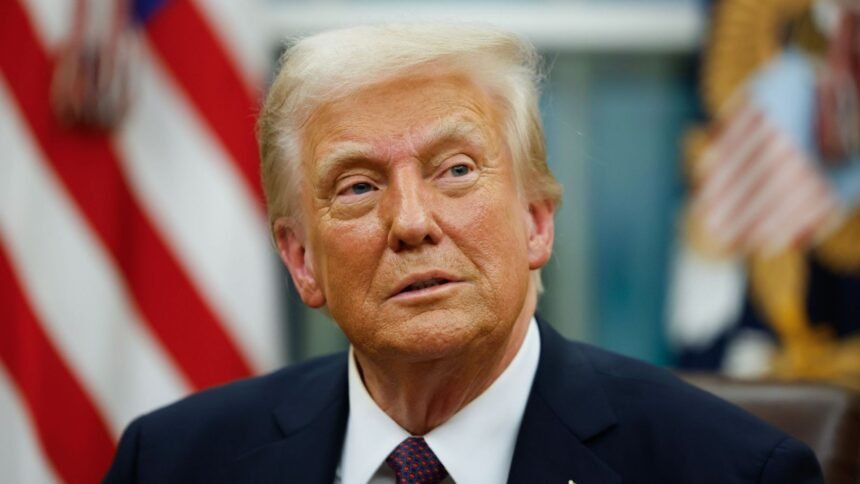The $100,000 price tag on America’s ambitions isn’t just a story it’s a test. A test of nerves, policy and India’s next moves on the world stage. Yesterday we acknowledged the shock and today we’re looking at how India is moving from outrage to action, from condemnation to counterplay.
After calling out the “humanitarian consequences” yesterday, India’s government is now mapping a strategy, not just venting its anger. The Ministry of External Affairs says it’s “studying the full implications” of the US decision. What does that mean? Emergency hotlines are up in Washington and across the consulates any parent, any student, any stranded techie can now dial for help, day or night. And this isn’t just lip service: the ministry is already collecting case details and pushing for waivers for emergencies.
Commerce Minister Piyush Goyal will fly out for face-to-face talks in Washington, bringing a dossier of stories and data to argue that America’s move hits not only Indian dreams but also US innovation and the global tech supply chain. In his words, “Talent mobility is the backbone of our innovation partnership” and right now, that backbone’s at risk.
What about India Inc? NASSCOM, the IT industry’s loudest voice, has sounded the alarm on project delays, legal chaos, and a one-day scramble to adjust to the new rules. But CEOs are already flipping the script. Just a decade ago, top firms sent thousands on H-1Bs. Today, over half their teams work offshore or nearshore. Infosys, Wipro, TCS each says: “We’re resilient. We’ll adapt. The pain is real, but the business won’t stop.”
For startups and mid-tier talent, though, the story is grimmer. Their shot at Silicon Valley now comes with a price tag bigger than their annual salary. Many are rethinking plans, even considering returning home for “ghar wapsi” to power India’s homegrown tech surge.
On the ground, families hang in the balance. Students fret about job offers. Techies worry about green cards and school fees with the American dream on hold. The government is urging calm: those already in the US or with valid visas aren’t affected by the new fee. But for new applicants, the choice is stark: pay a king’s ransom or build a new story back home.
There’s a silver lining here. Indian tech veterans say this might be the turning point. Skills, dreams, and dollars returning to build India’s next unicorn by necessity, not just patriotism. That wave of “brain drain” could become a “brain gain.”
And don’t miss the diplomatic subplot. Trade tensions are already running high: tariffs, sanctions, and now visas. By warning of “humanitarian disruptions,” New Delhi signals this isn’t just about job offers—it’s about the future of US-India ties. Strong people-to-people connections drive innovation. If those fray, who benefits?
India is keeping its door open for negotiations, but make no mistake: this row could redraw the tech map for years. Industry groups are quietly pushing DC for a transition window, and the embassy’s crisis cell is prepared for weeks of appeals and lobbying.
So here’s what stands tonight: America may have upped its “cover charge” for Indian talent, but India’s answer isn’t surrender it’s a new playbook. Emergency actions, pragmatic optimism from big tech, the promise of a “brain gain,” and hard-nosed diplomacy all are in motion. This isn’t the end of India’s dream. It’s a new chapter one that might see more unicorns, stronger homegrown firms, and a rebalancing of power in the global tech game.















